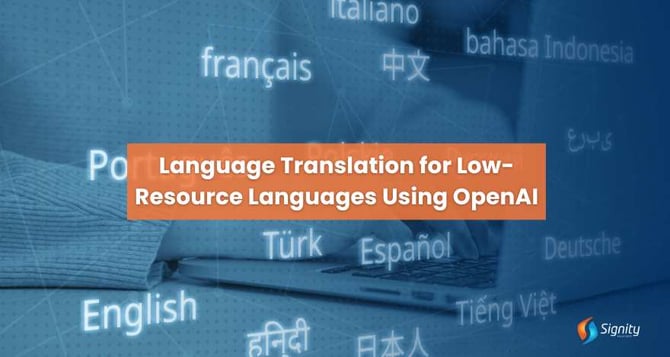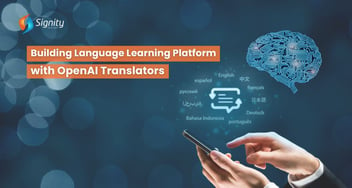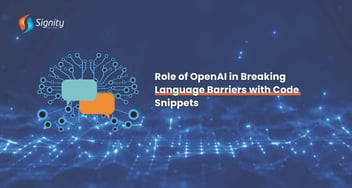Language Translation for Low-Resource Languages Using OpenAI
Dive into the intricacies of leveraging OpenAI's language models for translating low-resource languages effectively. Learn step-by-step procedures, harness the expertise of ChatGPT developers, and empower global communication effortlessly, ensuring that language should never hinder connectivity.

Language translation technology has made significant advancements in recent years, thanks to the power of artificial intelligence and machine learning. While many popular languages benefit from high-quality translation models, low-resource languages often face challenges due to limited data availability.
OpenAI's GPT-3 and GPT-4 models provide a powerful solution for translating low-resource languages effectively. In this guide, we will walk you through the process of utilizing OpenAI's language models for translation, with detailed steps and code snippets to help you get started.
Explore ChatGPT's Comprehensive Translation Services
Elevate Your Global Communication Effortlessly with Our Expert Translation Solutions
Prerequisites:
Before delving into the implementation, ensure you have the following prerequisites in place:
- OpenAI API Access: Obtain an API key from OpenAI's website to access their language models.
- Python Installation: Ensure Python is installed on your system, preferably version 3.6 or higher.
- OpenAI Python Library: Install the OpenAI Python library using pip:
pip install openai |
Setting up OpenAI API
Authenticate your requests to OpenAI's language models by setting up your API key as follows:
|
|
Translating Text
Create a Python function to translate text from one language to another using OpenAI's language models:
|
|
In this function:
source_textis the text you want to translate.target_languageis the language you want to translate the text into.modelspecifies the OpenAI model you want to use. You can choose from various models depending on your needs.
Handling Low-Resource Languages
Low-resource languages may not have dedicated models, but you can still use the general-purpose models provided by OpenAI. You can improve the translation quality by fine-tuning the model on specific language pairs if necessary.
Fine-Tuning for Low-Resource Languages
If you have access to additional data for a low-resource language, you can fine-tune OpenAI's models for better translations. However, fine-tuning models require advanced expertise and access to OpenAI's fine-tuning platform.
Related Read: Fine-Tuning GPT-3 for Industry-Specific Virtual Assistants
Our Contribution: Empowering Language Translation Efforts
At Signity Solutions, we specialize in harnessing the power of generative AI technologies to address language barriers and facilitate seamless communication across diverse linguistic landscapes.
Leveraging cutting-edge solutions developed by our team of ChatGPT developers, we offer comprehensive language translation services, including support for low-resource languages.
Our expertise enables us to enhance translation accuracy and effectiveness, ensuring that language should never be a barrier to global connectivity.
Partner with Generative AI Experts for Enhanced Language Translation
Elevate Your Translation Capabilities with Cutting-Edge Solutions and Expert Guidance
Conclusion
OpenAI's language models, such as GPT-3 and GPT-4, offer a potent solution for language translation, encompassing low-resource languages. With just a few lines of Python code and access to OpenAI's API, you can leverage the capabilities of these models to bridge language gaps and foster effective communication across linguistic boundaries.


%201-1.webp)


.png?width=344&height=101&name=Mask%20group%20(5).png)
















